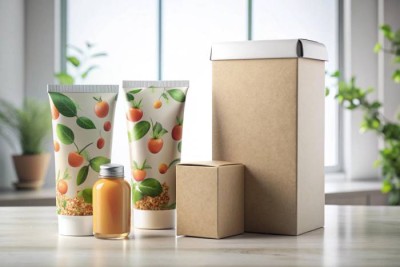How sewing and crafting may improve your mental health
Warning: Undefined variable $post in /home/dietofli/public_html/wp-content/plugins/code-snippets/php/snippet-ops.php(584) : eval()'d code on line 3
Warning: Attempt to read property "ID" on null in /home/dietofli/public_html/wp-content/plugins/code-snippets/php/snippet-ops.php(584) : eval()'d code on line 3
The estimated reading time is 5 minutes
Warning: Undefined variable $post in /home/dietofli/public_html/wp-content/plugins/oxygen/component-framework/components/classes/code-block.class.php(115) : eval()'d code on line 3
Warning: Attempt to read property "ID" on null in /home/dietofli/public_html/wp-content/plugins/oxygen/component-framework/components/classes/code-block.class.php(115) : eval()'d code on line 3
In today's modern world, many people find it hard to disconnect from the daily stresses of life. People are suffering from information overload everywhere: smartphones, computers, TVs, and even billboard ads. True relaxation can sometimes feel like a distant dream. And with constant stress, the brain starts to break down.
Is there nothing we can do to help our brains reset? Believe it or not, there is, and it's not one of the modern solutions for mindfulness. No medications, no new-age meditations, no sensory deprivation activities. Just you, your hands, and your crafting project. (1)
Crafting for mental health?
People always associate crafting projects like sewing and knitting with senior citizens, but that shouldn't be the case. Although no studies are focusing on how the brain works while crafting, lots of psychologists and mental health patients swear by its therapeutic effects. Even those with extreme anxiety find relief when crafting.
So, what exactly is going on? How can a hands-on project provide such relief to people?
Crafting keeps you focused on a single task
Have you ever found yourself immersed in an activity and didn't notice the passage of time? That's because your brain was focused entirely on your work and ignored everything else. The more involved the activity, the deeper the focus.
The same concept applies to crafting projects. Take sewing, for example. If you're sewing something by hand, you need to pay full attention to what you're doing. Sewing while distracted can cause you to miss a stitch, or worse, prick your fingers with the needle. Operating a sewing machine is even more involved; the needle moves much quicker through the fabric.
But keeping yourself immersed with your project doesn't always have to be about caution. Just the act of sewing itself is a very involved process that requires your full attention. And when you're in the zone with what you're doing, your brain focuses only on that task and nothing else. Anxiety patients reported that their brain didn't give any negative thoughts while working on projects. Imagine how peaceful that must feel. (2)
Crafting gives you a sense of accomplishment
Do you remember the last time you finished a project at work and felt happy about its results? Do you remember how proud you felt after seeing the final product? Take that feeling and imagine having that every time you craft something.
Learning a craft is always a journey. If you're starting to learn how to crochet, you might only be able to make a long string of knots. As you continue to learn, eventually you'll be able to make simple shapes like a square or circle. You'll keep learning until finally, you can create complex projects like handbags and beanies.
Being able to look at your finished product, regardless of whether it's a small square mat or an intricate hat, causes your brain to release dopamine. Dopamine is a hormone released by the neurons in your brain whenever you feel happy. Dopamine is why those who suffer from depression find solace with crafting. They feel happy about what they just created, which in turn gives them a renewed sense of hope.
Crafting keeps your brain active
Today's definition of a functioning brain requires constant multitasking across various media. That kind of activity is unhealthy for us; our brains are not designed for a simultaneous stream of information across multiple sources. Constant information overload eventually leads to brain fatigue.
Crafting, on the other hand, keeps the brain active with just one task. Scientists found that the brain during crafting works the same way when solving puzzles: it involves both the creative and problem-solving functions. By letting the brain work on just one activity instead of overloading it, your brain gets its healthy exercise. In turn, you decrease your risk of diseases like dementia.
Crafting has a low barrier to entry
Giving your brain adequate exercise through hobbies and side projects doesn't always have to involve crafting. You can achieve the same effect with other activities like drawing, painting, or even glass-blowing. The downside is that these projects usually require a significant financial investment for supplies.
Crafting, on the other hand, can get you started with less money. Supplies like yarn and fabrics are cheap and plentiful, and you don't need to purchase a lot of them to get started. If you're a beginner, all you need is one tool and the material you'll be using.
Final thoughts
Of course, you don't have to be suffering from anxiety or depression to enjoy the benefits of crafting. If you ever feel stressed about anything, the chances are high that your brain needs a break. It's never too late to start learning a craft, and what better to reason to do so than to reduce your stress. Do it regularly, and your brain will thank you.














